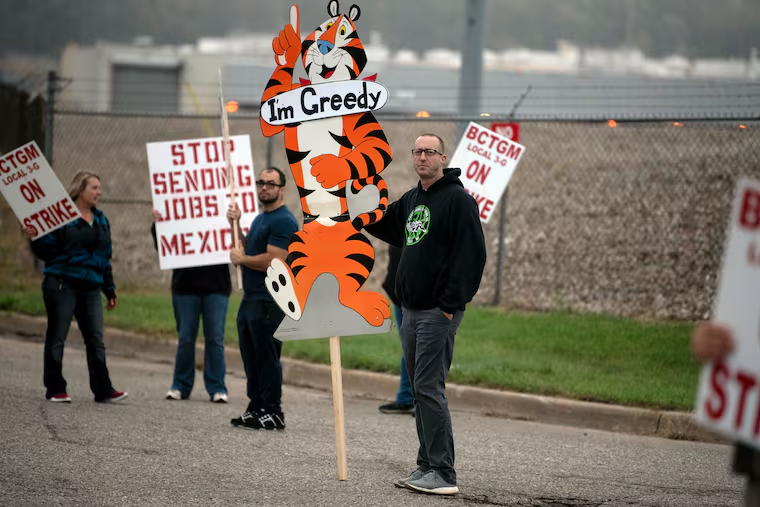A ‘strike wave’ is coming to save America’s working class the old-fashioned way | Will Bunch
A nationwide walkout by Kellogg's cereal workers is the cutting edge of a fall 'strike wave' that aims to restore some power to the working class.

A nationwide walkout by Kellogg's cereal workers is the cutting edge of a fall 'strike wave' that aims to restore some power to the working class.
